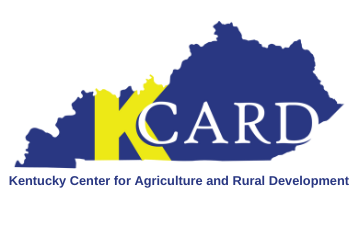When working with clients, KCARD often starts by looking at a current income statement (also called a Profit/Loss statement) that is in operation and helps develop a projected income statement for a new or expanded operation. This helps to show if the business is profitable now or will be profitable in the future. However, the cash flow statement is critical to understanding whether the business will be able to survive the initial startup stage or any downturns. This statement shows inflows and outflows of cash to or from the business. So what’s the difference between the two and how they are used?
Understanding Cost of Goods Sold (COGS)
If you look at a Profit/Loss statement (also called an Income Statement), you will often see Cost of Goods Sold (COGS) broken out from other expenses. What are these and why break them apart?
Costs of Goods Sold are expenses that are directly attributed to the amount of production. COGS are reported on the Income Statement and are segregated from Operating Expenses, which are expenses that are not directly tied to production.
Why Do We Obsess about Financial Statements?
If you ask any KCARD employee where they turn to first in a business plan they receive, there’s a good chance that – after reading the summary of what the business is wanting to do – the profit/loss statement will be the first page reviewed. We will start looking at how revenue was calculated and whether the expense lines show everything that we expect to see in that particular business. In the next few weeks, we will be going into more detail on how to develop financial projections, stay tuned.








